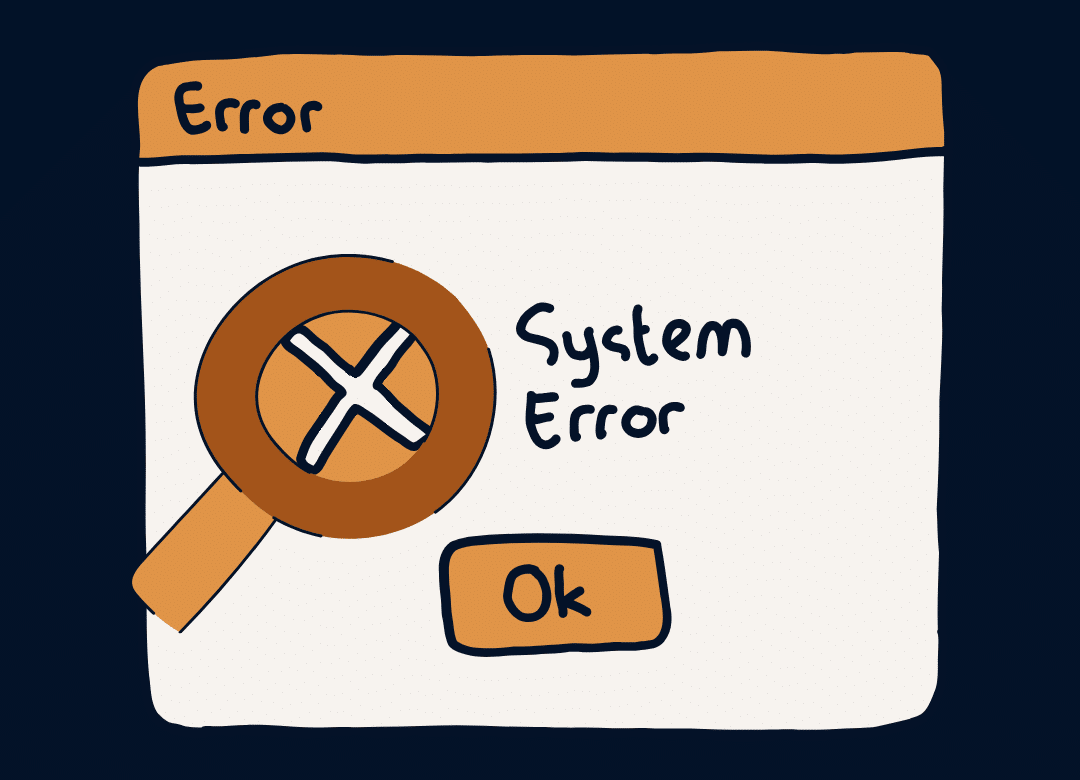When it comes to software testing, creating a detailed defect report is crucial for ensuring the smooth development and delivery of high-quality software. An exceptional defect report not only helps identify and document issues but also promotes effective communication between testers, developers and stakeholders. In this article, we will explore the key elements and best practices for crafting an outstanding defect report that enhances collaboration, speeds up issue resolution and ultimately improves overall software quality.
Table Of Contents
What is a Defect Report?
A defect report, often referred to as a bug report, is a document that outlines issues or problems identified during the testing phase of software development. When testers or quality assurance professionals discover any deviations from expected behaviour, errors, or flaws in the software, they document these observations in a defect report.

Most software development teams rely on a tool specifically designed for the job – a defect management tool, such as Jira or Bugzilla to name a few. This software acts as a super-organiser, helping users sort and prioritise the various defects and issues that inevitably pop up during a project.
On the flip side, some teams take a more traditional approach and use spreadsheets to log and track defects. It’s like the hands-on, do-it-yourself approach – a bit more manual, but it gets the job done.
Whether it’s a high-tech defect management tool or a reliable spreadsheet used for defect reporting, the end goal remains the same – keeping tabs on those defects and ensuring they get the attention they need. It’s all about finding what works best for the team and keeping the project on track.
Creating an Effective Defect Report
The defect report typically contains the information outlined below.
- Title/Summary: Firstly, you need to provide a brief and descriptive title that summarises the nature of the defect. Write it in a way that enables easy retrieval in a sea of defects. Ensure the title is informative, avoiding any ambiguity or similarity to other defect reports.
- Description: A thorough defect report begins with a clear and concise description of the defect. Summarise the issue briefly, avoiding any technical jargon or unnecessary details. The defect report should be easy to understand by both technical and non-technical stakeholders. You must be specific about the symptoms, observed behaviour and any error messages encountered, allowing the reader to quickly understand the issue.
- Reproduction Steps: Provide instructions on how to reproduce the issue. This will help developers recreate the problem in their development environment making it easier for them to analyse and fix the issue. The defect report must accurately describe and provide detailed step-by-step instructions on how to replicate the issue. Include accurate and complete actions, inputs and the expected and observed results.
- Environment Details: Always include relevant information about the testing environment where the defect was discovered. This includes the operating system, browser version, hardware specifications, network configurations and any other dependencies or software versions that might be important. These details assist developers in narrowing down the scope of the issue and understanding the context in which it occurs.
- Expected and Observed Results: State clearly what the expected behaviour should be and what the actual behaviour observed is when the defect occurs.
- Severity/Priority: Assess the impact of the defect on the system or application under test. Describe the severity and priority of the issue using standard industry metrics (e.g., High, Medium, Low, Critical, etc.). The severity of the defect is based on the potential consequences of the defect on end-users, system functionality, data integrity, or overall business operations. This assessment helps prioritise the resolution of issues based on their significance and urgency.
- Attachments: Whenever possible, include screenshots, logs, error messages, or any other visual or textual evidence that can help in understanding the defect. Don’t leave it to the imagination, as attachments can provide additional context and help developers visualise the problem without having to reproduce it entirely. Including this relevant information reduces the time and effort required for development teams.
- Reporter Information: Include details about the person who identified and reported the defect, including their name and contact information, this will assist in any further investigation or clarification.

Best Practices for Creating a Defect Report
When you’re dealing with tight deadlines and working under pressure, it’s natural to feel a bit flustered. Keeping your cool and staying on track can be a challenge, especially when unexpected issues pop up. However, it is important to maintain a professional and objective tone in your defect report. Steer clear of personal opinions, subjective language, or pointing fingers at others. Sticking to the facts makes it easier for developers to grasp and fix the problem quickly. Always keep your communication respectful and constructive, aiming to create a collaborative environment between testers and developers. Remember that your goal is one.
Now, when you discover a defect while testing, the key is to pinpoint the issue and determine what is causing it. Do some digging around for extra information or observations related to the defect – the kind of stuff that can help developers get a head start on resolving the issue and save time on a full-blown investigation.
Report defects promptly to make sure that the development team has sufficient time to address them within the project timeline. Additionally, provide regular updates on the status of reported defects, including any new findings, workarounds, or potential solutions. Timely communication enhances transparency and provides a sense of confidence in the process of resolving defects.
Writing an effective defect report is a crucial skill for software testers. By following the guidelines provided in this article, you can enhance the clarity, accuracy and impact of your defect reports, thus reducing the software development and testing process. Remember, a well-crafted defect report not only enhances the quality and effectiveness of the software project but also contributes to the overall quality and success of the software project. Our Software Testing course covers all these aspects and more for those aspiring to become skilled Quality Assurance Testers.
Related Articles
Become A Quality Assurance Tester: 5 Must-Know Tips
16 Undeniable Reasons Why AI in Software Testing Cannot and Will Not Replace Software Testers

